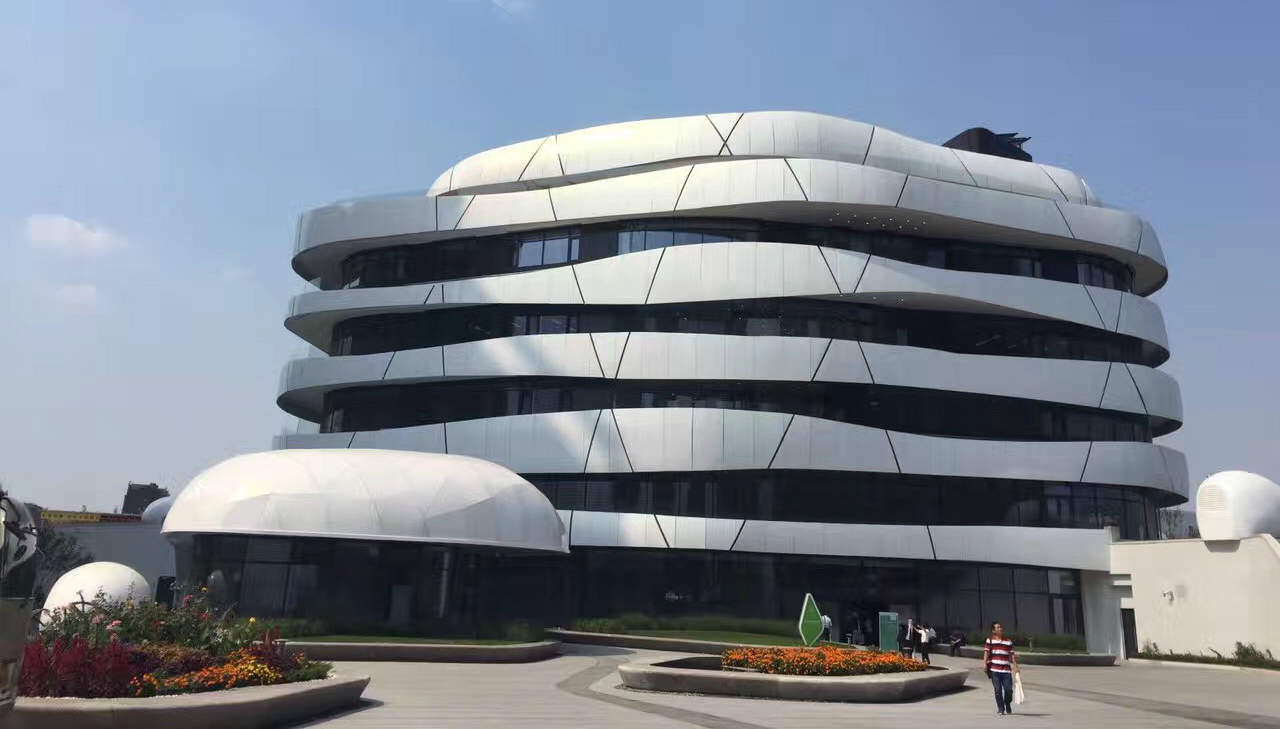

For German architect Wolfgang Frey, designing a passive house is about as self-explanatory as not leaving home naked. “Nobody would do that,” he says.
“So why do we not act the same way with our buildings?”
The concept of a passive house – a German system of building that uses highly insulated outside shells to maximise energy efficiency – was first developed in North America in the 1970s. But it was in Germany in the late 1980s, at the Passive House Institute (PHI), where the principles were fully developed, and a performance standard introduced that is still in use across central Europe.
Frey is also currently consulting on the largest passive house development in Asia, on a site covering almost 200 acres in Qinagdao, China.
“The idea is for an energy-efficient house that can, in the best case, maintain a comfortable interior and year-round temperature without active energy use in the form of heating or cooling,” Frey explains.
“In the event that energy is needed for heating or cooling, environmentally friendly energy sources such as solar panels can be used. Every human being is a tiny heater that gives off warmth as well. In a well-insulated room, he can ‘heat it up’ himself.”
The cost of passive housing
On paper the concept sounds perfect, but there is a catch. Because the performance standards set by the PHI are so rigorous – to qualify as a passive house, a building must, among other things, have a low annual heating demand of no more than 15kWh/m² and airtightness that does not exceed 0.6 air changes per hour at 50 Pascals pressure – the cost of construction can be expensive.
According to Frey, building a passive house is roughly 15% more expensive than a traditionally built home. In places like the United States, where fuel is relatively cheap, that extra £30,000 doesn’t always make financial sense. And so, to date only 20,000 passive houses have been built globally
In some parts of the world, though, the cost isn’t so prohibitive. Certainly in Europe, where energy is more expensive, Frey says “the long-term savings far outweigh the upfront building costs.”
As an example, one family living in a passive house in Oldham, north England, told The Guardian that their heating costs are just £20 a year. “I was in a freezing council house which I used to pay £35 a week to heat, way more than 10% of our income, and it was still cold,” said one of the occupants. “It was horrendous what we were paying and it was a breeding ground for illness. They should definitely build more [passive houses] like this".
Liveable design
In Germany – where most of these houses can be found – the biggest passive complex in the world is currently under construction. Designed by Frey’s practice Frey Architekten, the site at Heidelberg Village comprises 162 passive units with generous balconies, vertical gardens and roof gardens.
“Passive houses do have a reputation for being boring boxes,” Frey admits. “But as you can see in our Heidelberg Village city district, it is possible to create liveable, differentiated building structures. We invited our residents into the process at an early stage, engaging them, identifying the proper mix of residents and asking them to take part in some of the planning process. The buildings we create are meant to house human beings.”
While nothing of this size has been achieved before, Frey says there are benefits from an engineering and architectural perspective. “It is actually easier to build passive buildings at a large scale,” he says.
“The reason is the volume-to-surface ratio. While it may seem that creating a single-family passive house is easier due to the same roof size as a multi-family dwelling, we utilize the façades as well for energy production. Because we can produce shade with the solar panels, it has a dual purpose: energy production all the time and cooling in the summer. Because the dwellings are close together, we lose less heat and produce more energy by using every surface we can to generate it.”
China goes passive
Like the Heidelberg Village development, Frey says the new ‘Sino-German Ecopark’ in China “will provide various types of housing to accommodate a wide range of residents, including the disabled and the elderly,” and “reduce CO2 emissions by 2.376t.”
It may seem strange that the world’s biggest emitter of carbon dioxide is interested in passive housing but for Frey it makes perfect sense. “The Chinese are interested because it not only addresses their ecological challenges, but their economic ones as well, he says.
“1,000,000 apartments are being built every month in China. With an annual economic growth rate of 7%, that means 7% more energy is required to run the country” he explains.
“On top of that – and despite the one-child policy – the country’s population is growing by 10 million per year. People are also living longer due to improved health care, and China has no oil resources of their own so they are keen on learning about new technologies to foster existing energy sources such as solar and wind power. The passive house concept fits right into their needs.”
Put together, Frey says the projects in China and Germany demonstrate that passive housing has become much more than a theoretical concept cooked up in a German institute. As energy costs rise and people become more and more conscious of the reality of global warming, he is likely to be vindicated even further.



